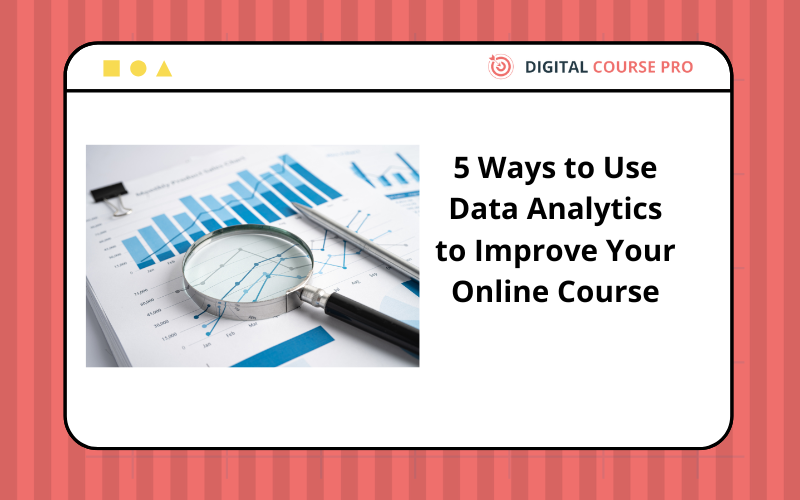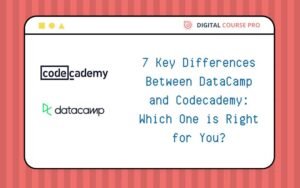The Future of E-Learning is increasingly being shaped by data analytics, providing course creators with powerful tools to enhance their offerings. As the online education landscape continues to evolve, leveraging data analytics can help you understand your learners better, optimize your content, and improve overall course effectiveness. Here are five ways you can use data analytics to improve your online course.
1. Understanding Learner Behavior
Data analytics enables you to track and analyze learner behavior, giving you insights into how students interact with your course. By examining metrics such as time spent on different modules, completion rates, and engagement levels, you can identify which parts of your course are working well and which areas need improvement. Tools like Google Analytics and Learning Management Systems (LMS) with built-in analytics can provide you with detailed reports on learner behavior.
For example, if you notice that a significant number of students drop out at a particular module, it may indicate that the content is too challenging or not engaging enough. By understanding these patterns, you can make targeted adjustments to improve the learner experience.
2. Personalizing the Learning Experience
One of the significant benefits of data analytics is the ability to personalize the learning experience for each student. By analyzing data on individual learner performance and preferences, you can tailor your content to meet their specific needs. This could involve recommending additional resources for students who are struggling, or providing advanced materials for those who are excelling.
Adaptive learning platforms use algorithms to adjust the difficulty level of content in real-time based on learner performance. This ensures that each student is challenged appropriately and receives the support they need to succeed.
3. Enhancing Course Content
Data analytics can help you refine and enhance your course content. By analyzing feedback, quiz results, and assignment grades, you can identify common areas where students struggle and may need additional clarification or resources. This data-driven approach allows you to make informed decisions about what content to add, modify, or remove.
Additionally, A/B testing different versions of course materials can help you determine which formats, teaching methods, or multimedia elements are most effective. For instance, you might test two versions of a video lecture to see which one better improves learner understanding and retention.
4. Improving Engagement and Retention
Engagement and retention are critical metrics for the success of any online course. Data analytics can provide insights into what keeps learners engaged and motivated. By analyzing interaction data, such as forum participation, video watch rates, and assignment submissions, you can identify trends and patterns that indicate high levels of engagement.
With this information, you can implement strategies to boost engagement, such as incorporating more interactive elements, offering regular feedback, or creating a sense of community through discussion forums and group projects. Monitoring these metrics over time allows you to see the impact of your changes and continue refining your approach.
5. Predicting and Addressing Challenges
Predictive analytics uses historical data to forecast future trends and potential challenges. For course creators, this means identifying students at risk of dropping out or failing early on. By using predictive models, you can proactively reach out to these students with additional support, resources, or encouragement.
Moreover, predictive analytics can help you anticipate and prepare for trends in learner behavior, such as seasonal variations in enrollment or common times when students may struggle. This foresight allows you to plan and adjust your course offerings to better meet learner needs.
Conclusion
The Future of E-Learning is undoubtedly being shaped by the integration of data analytics, providing course creators with invaluable insights and tools to enhance their educational offerings. By understanding learner behavior, personalizing the learning experience, enhancing course content, improving engagement and retention, and predicting challenges, you can create a more effective and impactful online course.
If you’re eager to turn your online course business into a profitable enterprise, don’t miss our in-depth guide on How to Make $10,000 a Month with an Online Course Business. This post is packed with actionable strategies, expert advice, and practical tips to help you transform your passion into a steady income stream. Whether you’re just starting out or aiming to expand your current offerings, our guide offers the essential tools and insights you need to reach your financial goals. Visit our blog today and begin your journey toward earning $10,000 a month!





